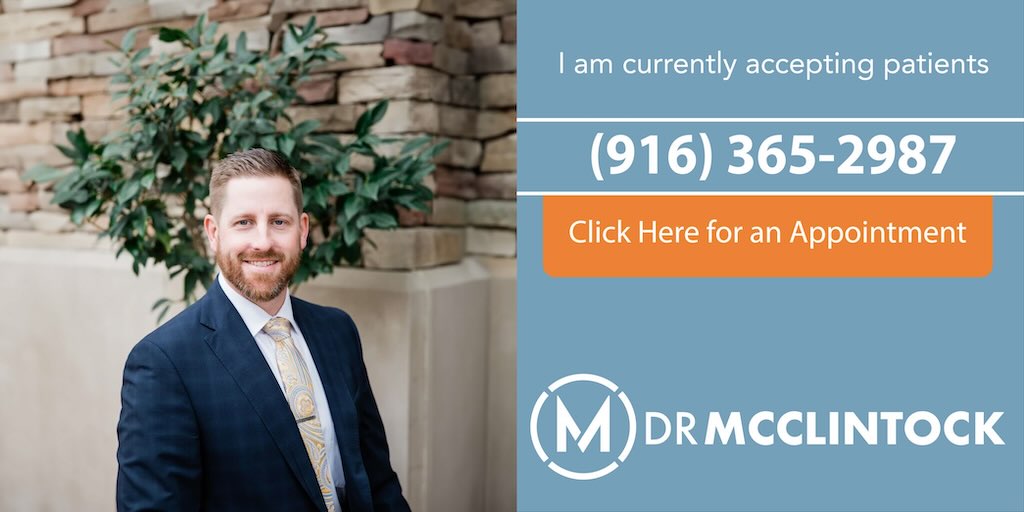Physical Therapy Unstable Shoulder
Note: This protocol is designed to serve as a guide to rehabilitation. Indications for progression should be based on patient’s complete operative procedure, functional capacity and response to treatment.
The rehabilitation of the unstable shoulder requires consistent assessment, as the population will present within a wide spectrum of symptoms and overall generalized joint stability. Please use appropriate judgment and clinical reasoning, and treat your patients accordingly. The timeframes suggested are purely for communication, and may and will not be approved for all patients. Progression of the patient per appropriate clinical assessment, reasoning and individualized to the patient will be of utmost importance. Important consideration:
- Onset of the pathology
- Traumatic, non-traumatic – recurrent instability
- Degree of instability
- Frequency – chronic vs. acute
- Directions of instability
- Concomitant pathologies
- Bankart lesion
- Hill Sach’s lesion
- Rotator cuff strain/tear
- Bone bruise
- Brachial plexus injury
- Superior labrum – SLAP
- End range neuromuscular control
- Premorbid activity level
Rehabilitation after a first-time traumatic episode
Progress based on patient’s symptoms. Emphasizing controlled ROM, reducing muscle spasm / guarding, promoting tissue healing and pain control.
Mild Subluxation:
- Controlled ROM
- Reduce spasm and guarding
- Pain and inflammation control
- Strengthening exercises for rotator cuff and periscapular musculature
- Neuromuscular control drills
Dislocation:
- Potential Immobilization (case by case)
- Controlled ROM
- Reduce spasm and guarding
- Pain and inflammation control
- As tolerated and/or concomitant pathology is determined/cleared
- Strengthening exercises for Rotator cuff and periscapular musculature
- Neuromuscular control drills
Return to Sport activities (once full pain free ROM and adequate strength achieved).
Sport-specific dynamic stabilization exercises, neuromuscular control drills, plyometric exercises in overhead positions.
Rehabilitation of chronic subluxation, atraumatic, unstable shoulder
Progress is likely more aggressive due to lack of tissue damage, less muscle guarding, inflammation.
Goals:
- Enhance strength
- Improve proprioception
- Increase dynamic stability
- Improve neuromuscular control
- Focus on specific points of motion or direction of instability
Rehabilitation:
- Controlled ROM
- Reduce spasm and guarding
- Pain and inflammation control
- Strengthening exercises for Rotator cuff and periscapular musculature
- Neuromuscular control drills
MDI – Multidirectional Instability
Patients’ typically have weak rotator cuff, deltoid and scapular stabilizer musculature. With poor dynamic stability. Rehabilitation to focus on scapular position, proprioception, neuromuscular control and dynamic stabilization.
Improve efficiency and effectiveness of glenohumeral joint force couples:
- Co-contraction exercises
- Rhythmic stabilization
- Neuromuscular control drills
Traumatic Shoulder Instability
Note: Caution should be taken regarding placing the capsule under stress. Focus should be placed on restoring dynamic joint stability. Avoid activities into extreme ranges of motion early in rehabilitation.
Phase I – Acute Phase (Approximately 0-4 weeks)
Goals:
- Decrease pain, inflammation and muscle guarding
- Protecting healing issues
- Promote tissue healing
- Prevent negative effects of immobilization – tightness, muscle atrophy
- Retore non painful ROM
- Re-establish baseline dynamic joint stability
Immediate:
- Limited, controlled PROM for patients ages 18-28 years
- Pendulums
- Pain free AAROM – no stretching
- IR/ER at 30-45 degrees of abduction
- Pulleys in scapular plane
- AAROM with wand
- PROM – pain free ROM
- Modalities
- TENS
- Hi Volt
- Ice
- NMES of posterior cuff
- Submaximal Isometrics
- Flexion & Abduction with arm at side
- IR, ER at multi-angles
- Manual rhythmic stabilization exercises for Its, ERs in scapular plane at 30 degrees of abduction, pain-free angles that do not compromise healing tissues. Rhythmic stabilization for flexion/extension at 100 degrees of flexion and 10 degrees of horizontal abduction
- Strengthening of scapular retractors, depressors – scapular repositioning
- CKC exercises to promote co-contraction, facilitate joint mechanoreceptors (unless posterior instability is present)
Phase II – Intermediate Phase (Approximately weeks 4-8)
Goals:
- Regain muscular strength
- Normal arthrokinematics
- Good neuromuscular control of shoulder complex
- Increase dynamic stabilization
Criteria to Progress to Phase II
- Nearly full pains free PROM
- Good strength with MMT for flexion, abduction, IR, ER
Therapeutic Exercises
- ER & IR with tubing
- Scaption
- Abduction to 90 degrees
- SL ER (to 45 degrees)
- Prone rowing
- Prone extension with scapular retraction
- Prone horizontal adduction
- Push-ups – on wall, table
- Biceps curls
- Triceps press-downs
Neuromuscular control
- Hand on ball against wall stabilization
- PNF exercises
- Rhythmic stabilization
- Open chain
- Closed chain
- IR/ER at 90 degrees of abduction (limited as appropriate)
- CKC exercises
Continue use of modalities as appropriate
Phase III – Advanced strengthening and dynamic stabilization
Goals:
- Improve strength, power and endurance
- Increase dynamic stabilization and endurance
- Prepare patient/athlete for sport activity
Criteria to Progress to Phase II:
- Full non-painful ROM
- No complaints with palpation
- Normal arthrokinematics
- Good strength, dynamic stability
Therapeutic Exercises:
- Continue strengthening exercises
- Progress to end range stabilization drills
- Full PROM strengthening
- Transition to bench press, incline press, pulldowns (in front) seated row in restricted ROM
- Continue with PNF exercises
- Increase endurance – timed exercises 30-60 seconds
- Initiate plyometric training
- 2 hand drills
- 1 hand drills
Advanced neuromuscular control drills (for athletes)
- Ball flips on table
- ER tubing at 90 degrees abduction with manual resistance and RS at end range
- Push-ups on unstable surface, and add RS
- Manual scapular neuromuscular control drills
Phase IV – Return to sport / activity
Criteria to progress to phase IV:
- Full ROM
- No pain
- Satisfactory strength
- Normal arthrokinematics
- Cleared with clinical exam
Progress exercises from Phase III
Resume normal lifting program (as cleared by physician)
Return to sport in a progressive manner
Modalities as appropriate
Consider GH joint bracing for contact sports

